Description
ZerO Glide Details
It takes more to create fine instruments than superior materials and components. It is the matching and seamless integration of these parts from top to bottom that distinguishes the great from the good. For the player, the moment begins when string crosses the nut to emerge over the fingerboard. Any imperfections in the nut will influence the entire playing experience.
The functions of the nut. As the gateway to the fingerboard, the nut must hold each string securely, so that the point of vibration begins precisely at the forward edge of the nut, yet must allow any easy glide of the string for optimal tuning. In addition the break of the string slot must be perfectly positioned. If it is too high, the string action will be raised leading to inaccurate vibrational length when the string is fretted: too low introduces string buzz. To complicate matters, the slots are vulnerable to wear, particularly those that support wound strings. As the string is tuned the winding acts a mini-saw, slowly grinding down the slot. We estimate that nut adjustment is warranted for about 75% of the instruments that are brought to us for adjustment.
Most luthiers know the benefit of a zero fret. They work great, but have long been associated with entry level instruments and the are rather unsightly. Our patent pending solution is to create a nut which integrates a fret within the nut. The results are phenomenal! Now the break angle at the fulcrum contact point is decreased from a standard nut thickness of 3/16″ to less than 1/64″, reducing contact an astounding 93%!! The zero fret provides optimal string height, and reduces the downward pressure at the nut slot, reducing string friction. Thus, the string is freely gliding when stretched.
The Zero Glide Nut System features a unique nickel silver fret harder than a conventional fret to prevent wear from the strings. The fret tang also has no ‘barbs’ that allows for a flush installation with no alteration to the fingerboard.
Advantages of the ZerO Glide Nut
Lowest string action. The height of the ZGS fret is identical to the rest of the instrument’s frets. This means the string action is optimally adjusted throughout the length of the fretboard. The result is truer intonation at every finger position.
Improved tuning. Ever notice that after you bend and release a string, the string goes sharp? Ever wonder why? Continued bending and tuning over the life of the instruments erodes the string slot. Eventually, the string “sticks in the nut” when bent, becoming flat when the string is released. The ZGS prevents this phenomenon. The same principle applies to tuning. With less friction in the groove, swift accurate tuning is a breeze.! (Less friction=increased tuning stability and elimination of intonation problems after string bending.)
Improved consistency of tone. With the ZGS, the unfretted open string is suspended between the bridge and an actual fret just like all the fretted notes, yielding a more uniform tone.
The ZGS is foolproof. The set-up of a conventional nut demands a different contour and depth for each string, to match the different string gauges. In fact, although seldom done, the string slots should be recut if the string gauge is changed. The ZGS eliminates all of this. Rapid installation of the ZGS is simple and easy, and well within the expertise of your local instrument repair shop.
The ZGS is interchangeable with any standard nut. The ZGs will fit snugly into the nut original slot, without any additional alteration. If for any reason, you decide you like the standard nut better, return to the original nut is easily accomplished.
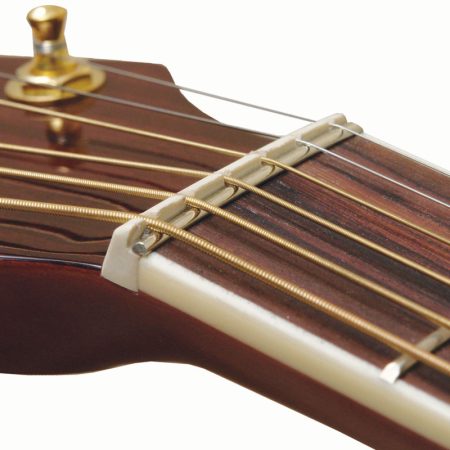
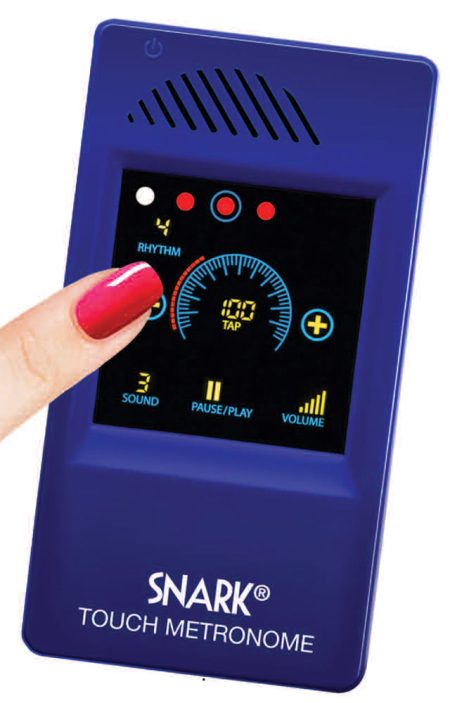


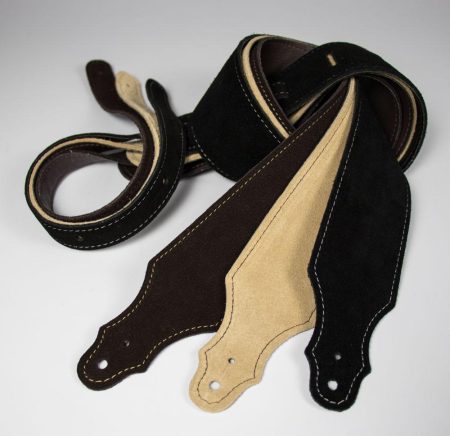
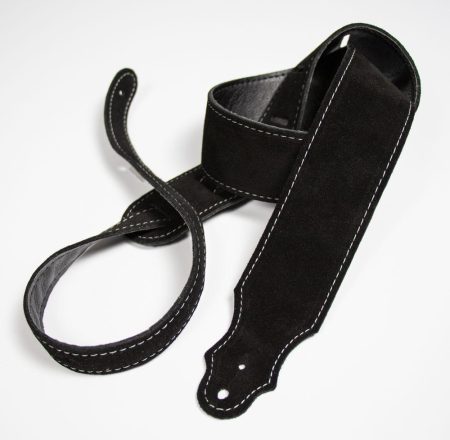
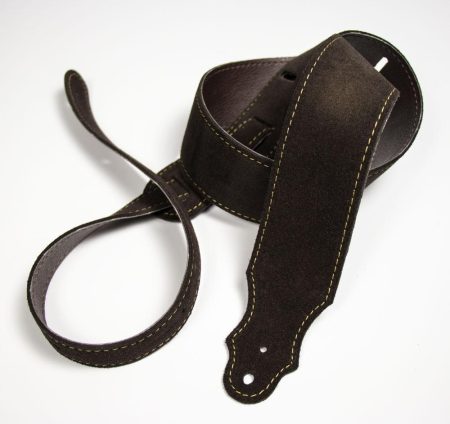
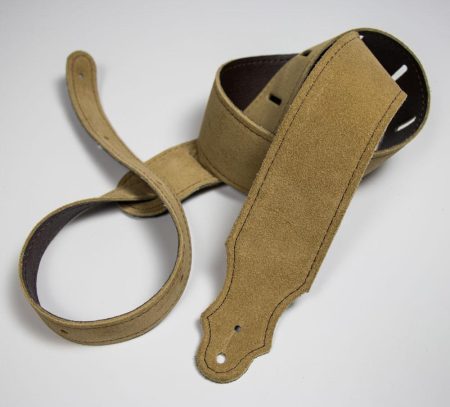
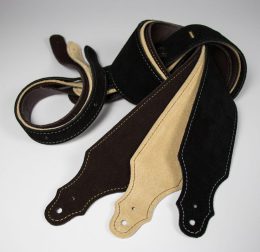
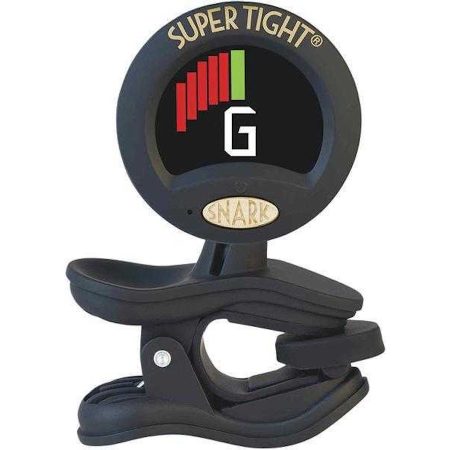
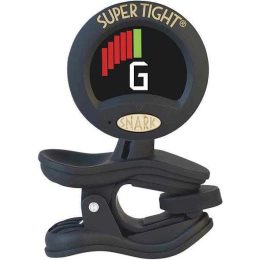

Reviews
There are no reviews yet.